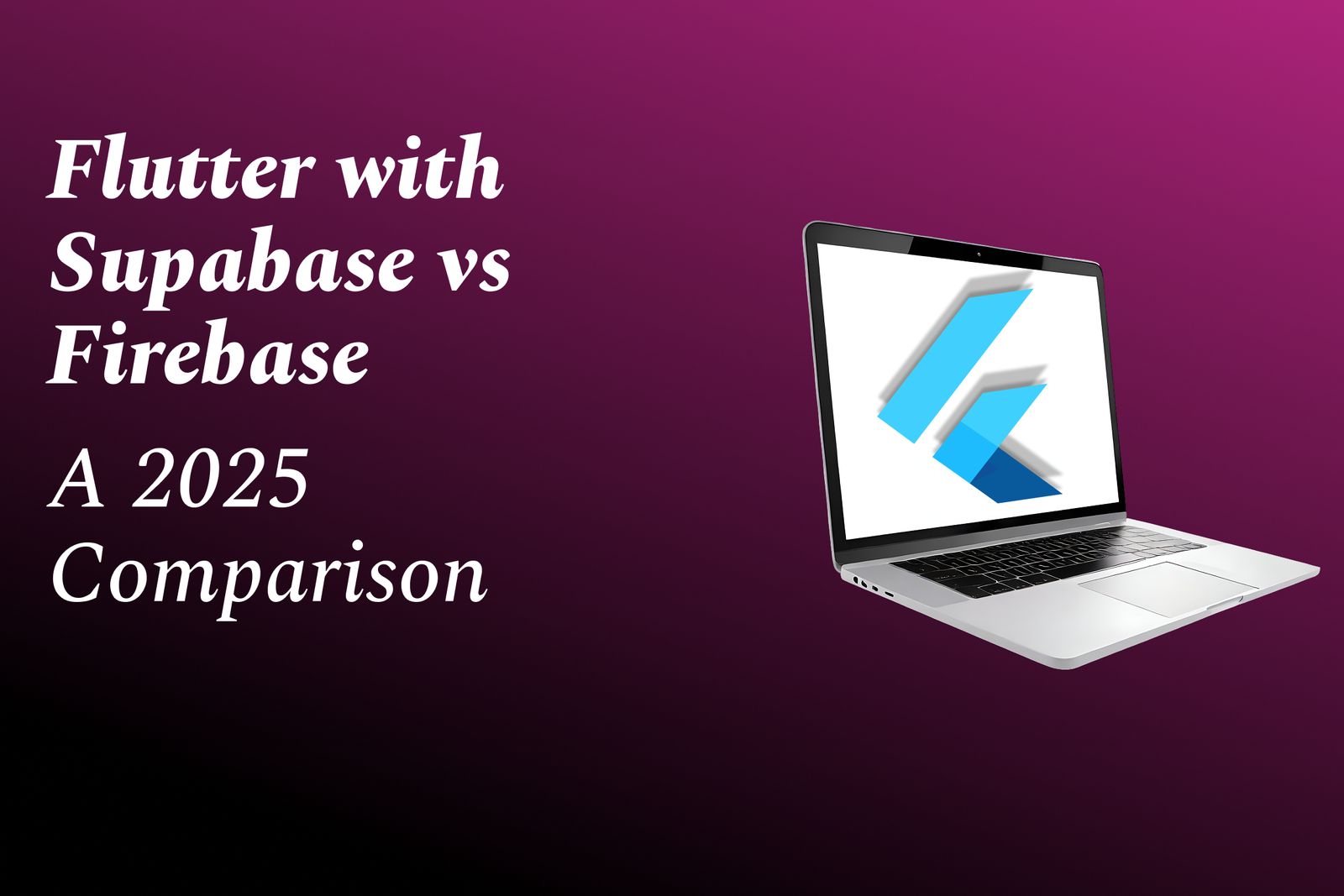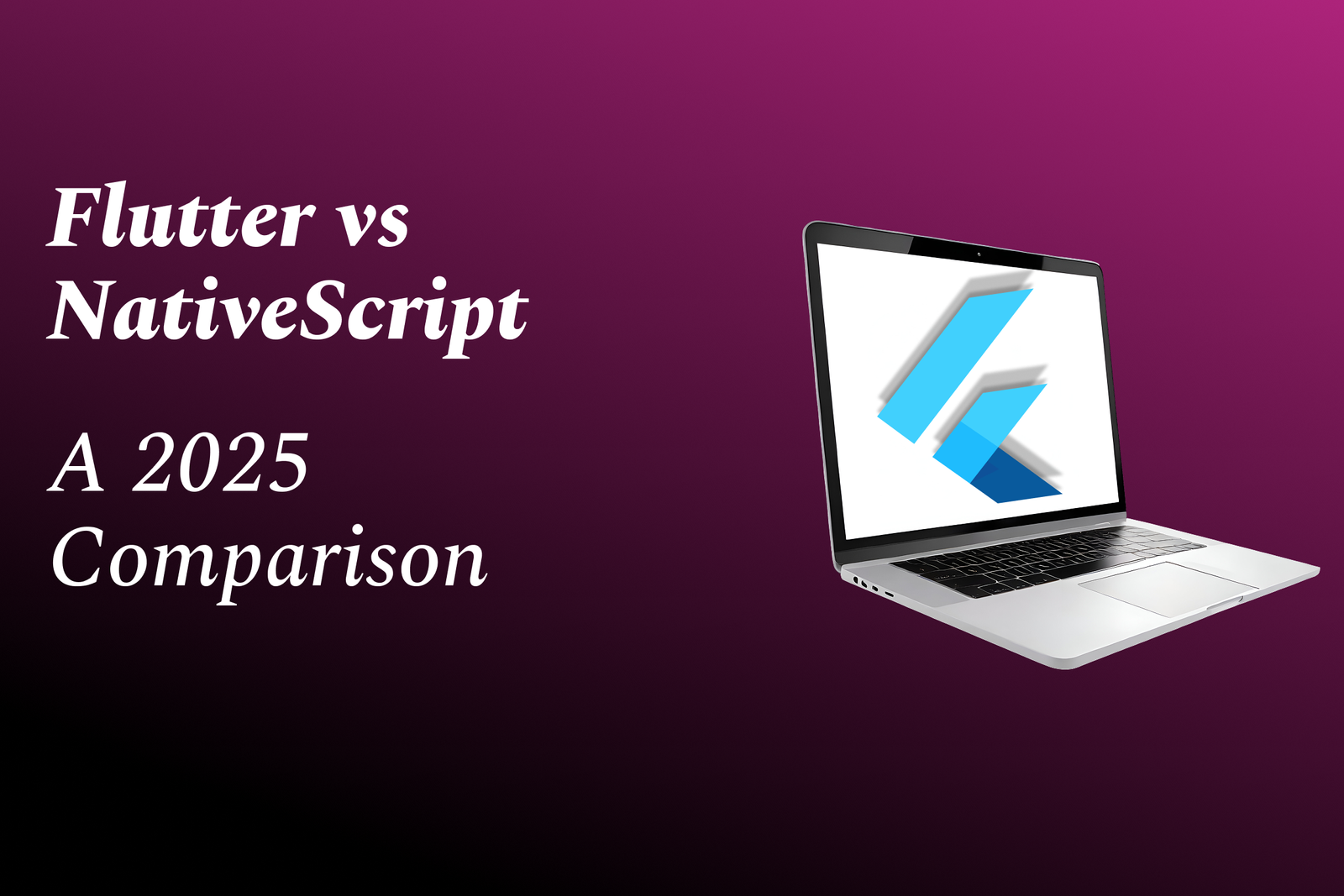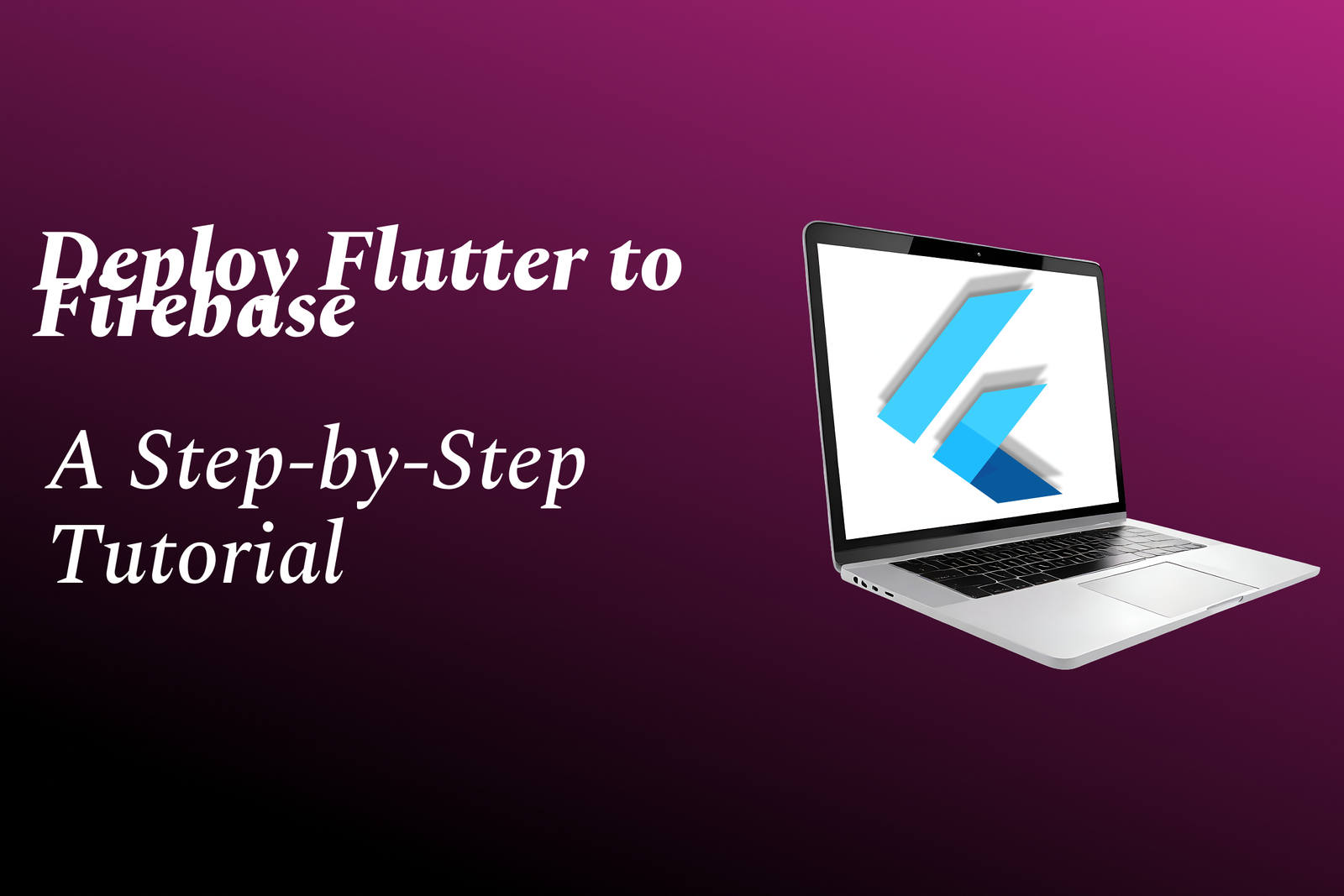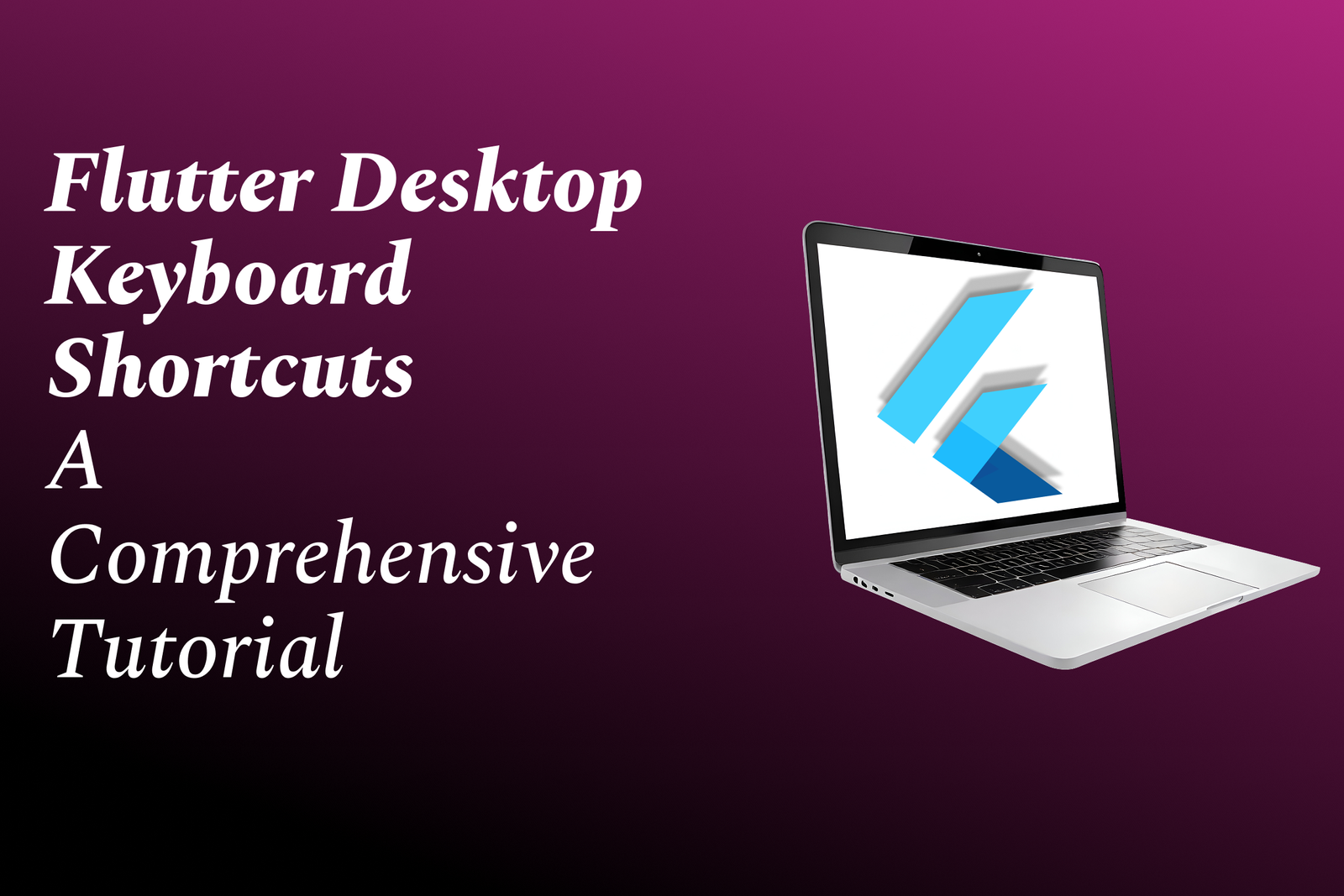java full stack technologies list
Comprehensive Guide to Java Full Stack Technologies
java full stack technologies list
Java Full Stack Technologies encompass a wide range of tools and frameworks used for both front-end and back-end development in Java applications. On the front-end, developers commonly utilize HTML, CSS, and JavaScript along with frameworks like Angular, React, or Vue.js for building responsive user interfaces. For back-end development, Java-based technologies such as Spring Boot, JavaServer Faces (JSF), and Java Persistence API (JPA) are widely employed to create robust server-side applications. Additionally, tools like Apache Maven or Gradle are used for project management, while databases such as MySQL, PostgreSQL, or MongoDB support data storage and retrieval. For version control, Git is commonly used, along with platforms such as GitHub or Bitbucket for collaboration. In a full-stack Java environment, proficiency in RESTful services, web services, and cloud platforms such as AWS or Azure is also essential for creating scalable and efficient applications.
To Download Our Brochure: https://www.justacademy.co/download-brochure-for-free
Message us for more information: +91 9987184296
1 -' and providing a brief description for each point:
- Java: A core programming language used for building server side applications. It is object oriented, platform independent, and widely used in enterprise level applications.
- 2) Spring Framework: A popular framework for building Java applications, offering features such as dependency injection, aspect oriented programming, and transaction management. It simplifies enterprise application development.
- 3) Spring Boot: An extension of the Spring framework that simplifies the setup and development of new Spring applications. It provides defaults for code and configurations and is widely used for microservices architecture.
- 4) Hibernate: An object relational mapping (ORM) framework that helps developers manage database interactions using Java objects. It simplifies data handling and supports various databases.
- 5) JavaServer Faces (JSF): A Java specification for building component based user interfaces for web applications. It simplifies Java EE web application development with reusable UI components.
- 6) Java EE (Jakarta EE): A set of specifications extending the Java SE with specifications for enterprise features such as distributed computing and web services. It is essential for building scalable applications.
- 7) RESTful Web Services: A design architecture for networked applications that use HTTP requests to perform CRUD operations. It is a crucial part of modern web development, particularly for microservices.
- 8) Servlets and JSP: Java Servlets are Java classes that handle requests and responses in a web application, while JSP (JavaServer Pages) allows embedding Java code into HTML pages for dynamic web content.
- 9) HTML: The standard markup language for creating web pages. Knowledge of HTML is essential for building the frontend components of web applications.
- 10) CSS: Cascading Style Sheets are used for styling HTML elements. Understanding CSS is necessary for creating visually appealing and responsive web applications.
- 11) JavaScript: A scripting language for creating dynamic content on web pages. It is essential for developing interactive front end applications and works alongside HTML and CSS.
- 12) Angular/React/Vue.js: Popular JavaScript frameworks and libraries for building modern single page applications (SPAs). Training may cover one or more of these technologies to enhance front end development skills.
- 13) MySQL/PostgreSQL: Relational database management systems that store application data. Familiarity with SQL is vital for interacting with these databases when using Java applications.
- 14) Apache Maven: A build automation tool used for Java projects. It simplifies project management, including dependencies, builds, and project structure.
- 15) Git: A version control system that helps developers manage and track changes in their code. It is essential for collaboration and maintaining code history in development projects.
- 16) Docker: A platform for developing, shipping, and running applications in containers. Understanding Docker is critical for deploying Java applications in modern cloud environments.
- 17) JUnit: A testing framework for Java that helps developers write and run repeatable tests. It’s crucial for ensuring code quality and reliability in applications.
- 18) CI/CD Tools (Jenkins/GitLab CI): Continuous Integration and Continuous Deployment tools that automate the testing and deployment of applications. Familiarity with CI/CD practices is essential for modern software development.
- 19) API Documentation Tools (Swagger/OpenAPI): Tools that help developers create interactive API documentation, enhancing the usability of RESTful services.
- 20) Cloud Platforms (AWS/Azure/GCP): Knowledge of cloud service providers where applications can be deployed and scaled efficiently. Understanding cloud services is vital for modern application deployment.
- This list covers a broad range of Java Full Stack Technologies that students can learn to become proficient in full stack development, providing them with the skills necessary to build and deploy modern web applications.
Browse our course links : https://www.justacademy.co/all-courses
To Join our FREE DEMO Session: Click Here
Contact Us for more info:
Flutter Training in Begusarai
iOS Training in Kadi
Best react course
iOS Training in Baleshwar Town
Cost of App Development











